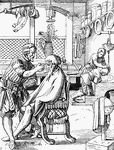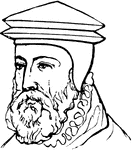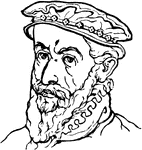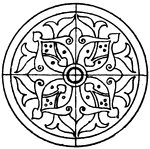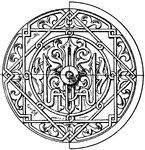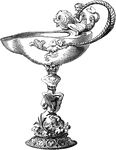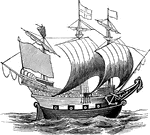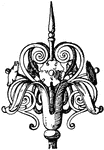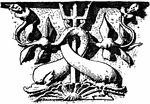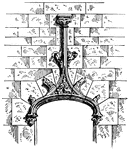
Accolade
"An ornament composed of two ogee curves meeting in the middle, each concave toward its outer extremity…
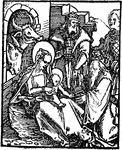
Hortulus Animae
The Hortulus Animae is one of a series of woodcuts that was created by German Renaissance artist Hans…
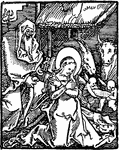
Hortulus Animae
The Hortulus Animae is one of a series of woodcuts that was created by German Renaissance artist Hans…
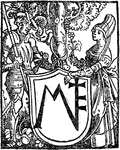
Hortulus Animae
The Hortulus Animae is one of a series of woodcuts that was created by German Renaissance artist Hans…
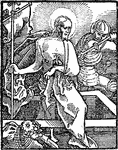
Hortulus Animae
The Hortulus Animae is one of a series of woodcuts that was created by German Renaissance artist Hans…

Hans Sebald Beham
This is a print drawing that was created by German printmaker Hans Sebald Beham in 1526. It seems to…

Decorative Border
This decorative border was designed by German Artist Albrecht Dürer in 1513. It is comprised of…

Decorative Border
This decorative border was designed by German Artist Albrecht Dürer in 1513. It is comprised of…

Evolute Spiral Border
The evolute spiral border is a wavelike pattern that mimics the wave of the sea. Designed by Sebastian…
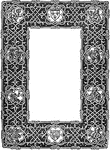
Oronce Fine
This border was designed by Oronce Fine a French Mathematician and Cartographer in 1534. It has a design…
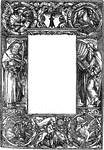
Religious Border
This religious border was designed by German artist Hans Holbein in 1524. It has religious connotations…
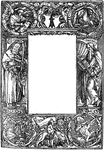
Religious Border
This religious border was designed by German artist Hans Holbein in 1524. It has religious connotations…

Scrolling Border
This scrolling border was designed by German artist Albrecht Dürer in 1523. It is a design of intertwined…
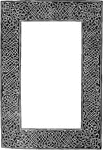
Scrolling Border
This scrolling border is a 16th century design. It is a design of intertwining scrolls that wrap around…
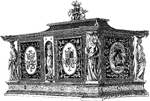
Jewelry Box
This jewelry box is designed in a Cinquecento (Italian 16th century) style in bronze, gilt and silver.…

Renaissance Cabinet
The Renaissance cabinet of the 16th century is made of variegated wood or colored wood.
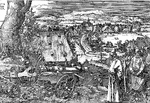
The Great Cannon
The Great Cannon is an etching that was created by German artist Albrecht Dürer in 1518. It depicts…

Casket
This casket, also known as a jewelry box or a trinket box is designed in a 16th century Italian Renaissance…
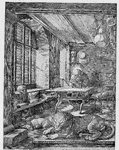
St. Jerome In His Cell
St. Jerome in his Cell is an engraving that was created by German artist Albrecht Dürer in 1514.…

Italian 16th Century Chair
The Italian 16th century chair was made out of wood and supported by perforated carved boards.
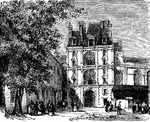
Chateau of Fontainebleau
Located about 55 kilometers from Paris, it is one of the largest French royal chateaus. Pictured is…

Queen Chess Piece
This queen chess piece is wearing a 16th century costume, worn by the princesses of Germany.
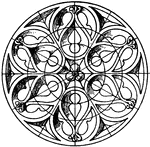
Gothic Boss Circular Panel
The Gothic boss circular panel is a 16th century design found in St. Benoit, Paris.
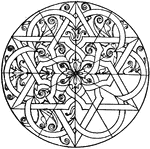
Niello Circular Panel
The Niello circular panel is made out of a black metallic alloy that was designed during the 16th century.
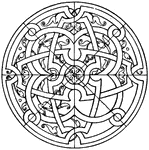
Niello Circular Panel
The Niello circular panel is made out of a black metallic alloy that was designed during the 16th century.
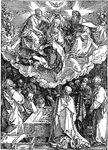
The Assumption and the Coronation of the Virgin
The Assumption and the Coronation of the Virgin is a woodcut created by Albrecht Dürer in 1510.…
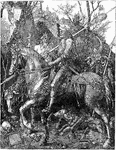
The Knight, Death and the Devil
The Knight, Death and the Devil is an engraving that was created by German artist Albrecht Dürer…
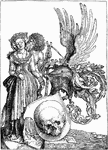
The Arms of Death
The Arms of Death is an engraving that was created by German artist Albrecht Dürer in 1503. It…
Margin Drawing
This margin drawing was created by German artist Albrecht Dürer in 1515. It is found in the prayer…

Margin Drawing
This margin drawing was created by German artist Albrecht Dürer in 1515. It is found in the prayer…
Margin Drawing
This margin drawing was created by German artist Albrecht Dürer in 1515. It is found in the prayer…

Margin Drawing
This margin drawing was created by German artist Albrecht Dürer in 1515. It is found in the prayer…

Book-Cover Elliptic Panel
The elliptic panel book-cover is found on the center of the cover and is made out of gold blocking on…
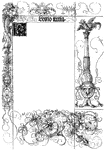
A Page from the Emperor Maximilian's Prayer Book
This is a Page from the Emperor Maximilian's Prayer-Book. The drawings in the margins where created…

The Entombment
The Entombment is an engraving created by German artist Albrecht Dürer in 1512. It is part of a series…

The Holy Family
The Holy Family is a woodcut that was creates by Albrecht Dürer in 1511. It depicts Mary and Jesus…
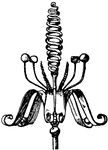
Chancel Screen Finial
The chancel screen finial is found in the space around the altar. It is a 16th century design found…
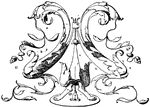
Dolphin Frieze
The Dolphin Frieze is part of a larger frieze in St. Maria della Pace, Rome. Designed by Bramate in…
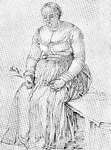
Pen-Drawing From Life
The Pen Drawing From Life probably was created by German artist Albrecht Dürer in 1514. It probably…
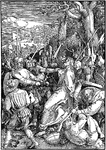
Christ Taken Prisoner
Christ Taken Prisoner is a woodcut by German artist Albrecht Dürer in 1510. It is part of a series…
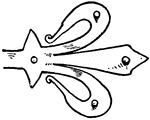
Plain Termination of Hinge
This plain termination of hinge is a 16th century design. It terminates as a leaf.
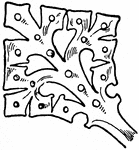
Plain Termination of Hinge
This plain termination of hinge is a 16th century design. It terminates as a leaf.
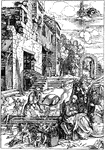
Repose of the Holy Family in Egypt
The Repose of the Holy Family in Egypt is a woodcut that is part of a series "Life of the Virgin" by…
Iconibus Illustrata
The Illustrata Iconibus is a 16th century print that was created by German artist Hans Holbein. It shows…
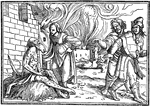
Iconibus Illustrata
The Illustrata Iconibus is a 16 th century print that was created by German artist Hans Holbein. It…
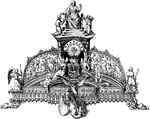
Inkstand
This inkstand is designed in a Cinquecento (Italian 16th century) style. It is made of part gold, part…

Iron Skullcaps from the 16th Century
Two skullcaps used for defense of the head in the 16th century. The caps fit closely to the head. The…
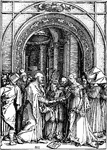
The Marriage of Joseph and Mary
The Marriage of Joseph and Mary is a woodcut that is part of a series "Life of the Virgin" by Albrecht…

The Kiss of Judas
The Kiss of Judas is an engraving by Albrecht Dürer in 1508. It is part of a series of engravings…

